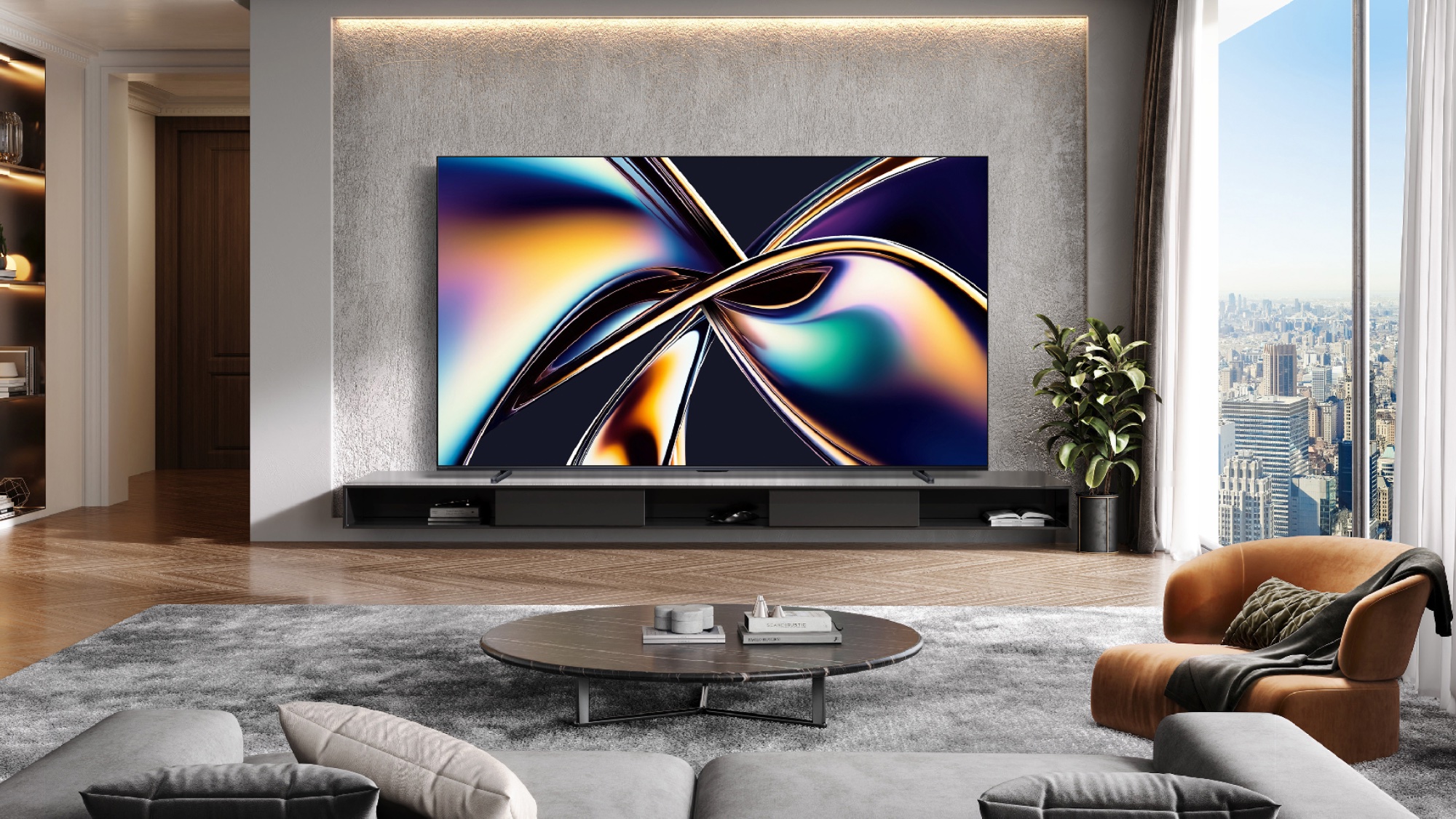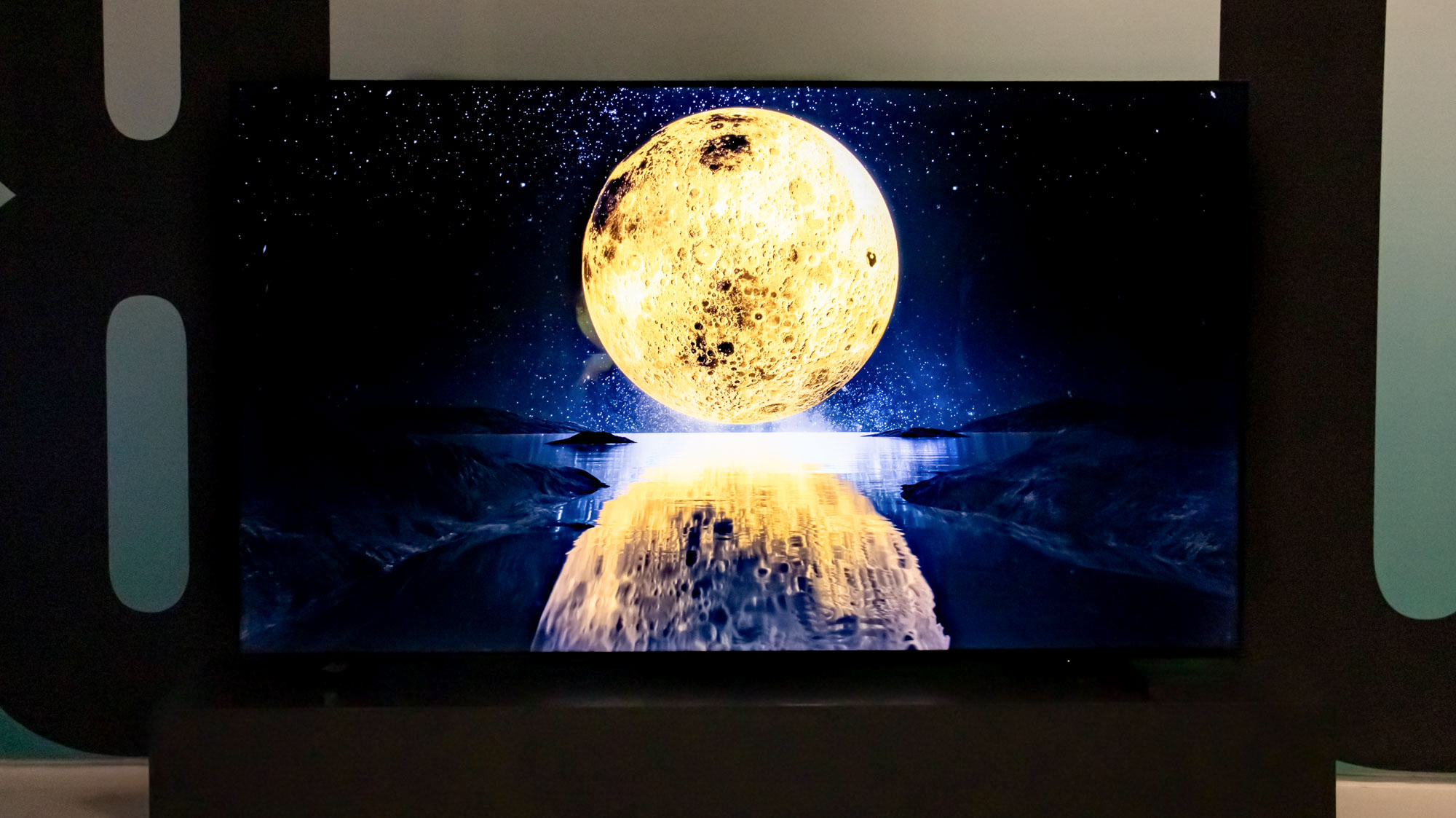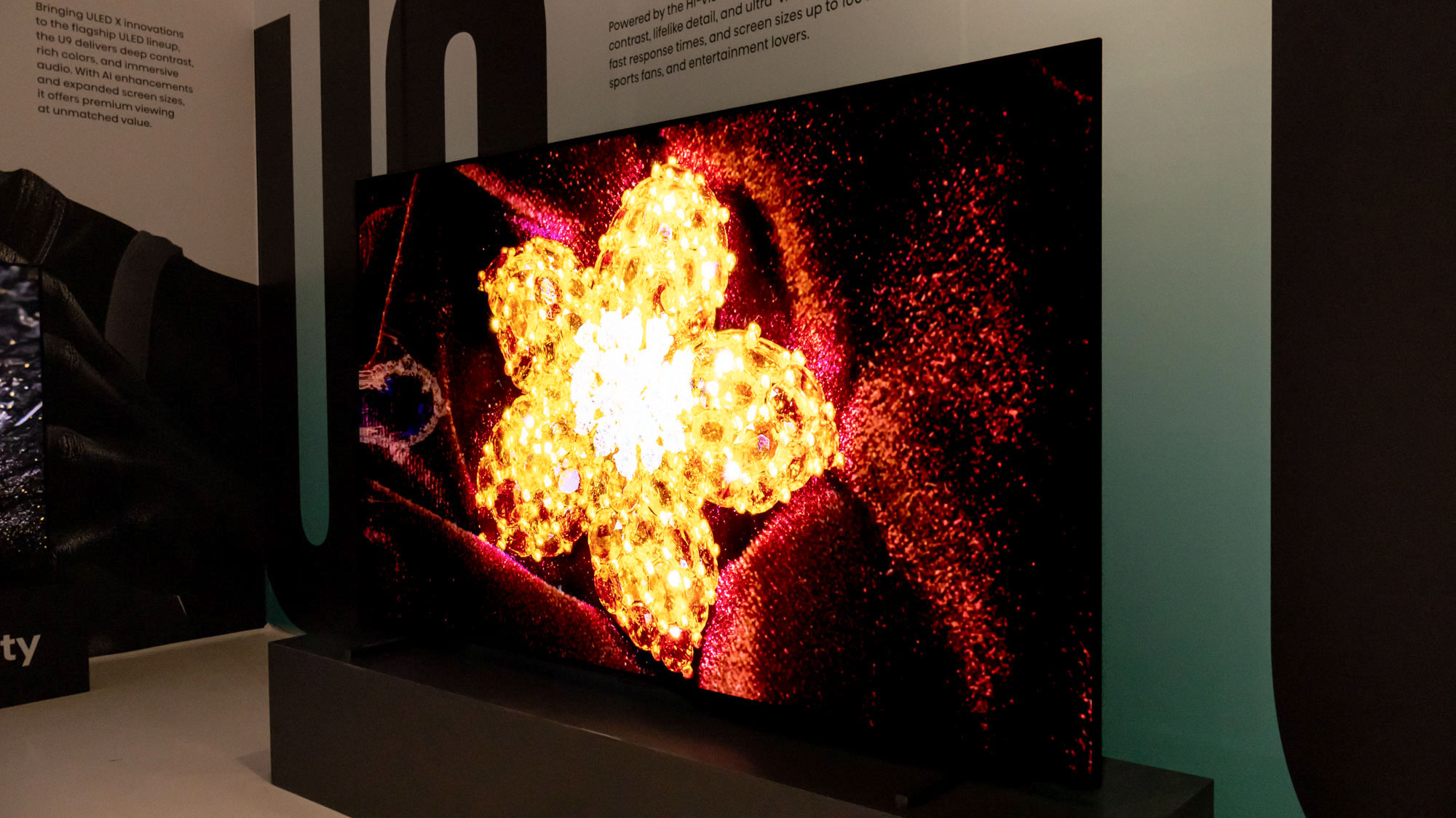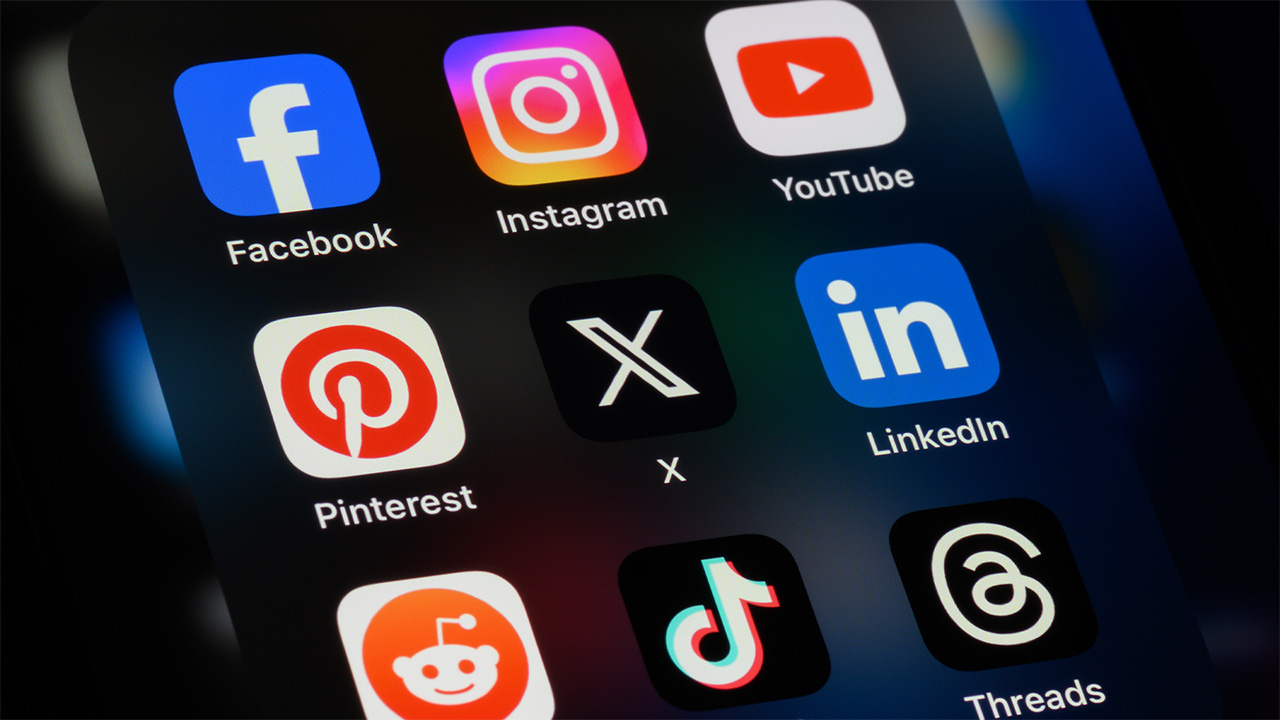This new Mini-LED TV blows away OLED TVs on brightness — the results are in

Hisense has upped the ante with its 2025 TV lineup, and at the top of the range is the Hisense U8QG Mini-LED TV that offers a peak brightness of nearly 4,000 nits.
With a starting price of $1,499 (now at just $998 in the heat of the sales season), this new premium Mini-LED TV has a lot going for it. After our initial testing, it's clear this could be one of the best TVs and it's got some serious brightness to boot.
But while it might topple many of its rivals in the OLED realm with its brighter Mini-LED backlight, that's not the full story with this TV. Let's take a peak under the hood and see just how far the Hisense U8QG goes when it's put to task.
Luminance like no other

If Hisense TVs are known for anything, it's budget pricing and incredibly high brightness metrics. These are some of the best TVs for those looking to save a few bucks and get expert features with incredible picture performance.
The same is true for the new U8QG, which takes over for last year's Hisense U8N. We gave that TV a near-perfect score due in large part to its affordable pricing with tons of specs and, as Managing Editor of TVs Nick Pino put it, "Bonkers brightness."
This shows in its 1,258 nits in standard content and blown to even higher extremes in HDR at 3,296 nits. That's some incredible firepower that's only improved upon in the U8QG, which tops out at 2,908 nits in standard and 3,916 nits in HDR.
Brightness (standard) | Brightness (HDR) | |
Hisense U8QG | 2,908 nits | 3,916 nits |
LG C5 OLED | 335 nits | 1,165 nits |
Samsung S95F | 267 nits | 2,138 nits |
On paper, those are incredible numbers. You're getting ample HDR coverage and more vibrant colors. These are aided by the higher color coverage numbers on the Hisense U8QG, hitting 83.98% and 97.53% of the Rec2020 and UHDA-P3 color gamuts, respectively.
Get instant access to breaking news, the hottest reviews, great deals and helpful tips.
It blows most OLED TVs out of the water and even topples many of TCL's offerings. But brightness isn't the full story.
In practice, the U8QG has some more debilitating factors to contend with: Although it might have great brightness metrics, it still lags behind many alternatives when it comes to glare mitigation.
The pitfalls of Mini-LED TVs

Despite high brightness specs, the U8QG still doesn't compare to some of the best OLED TVs. That's because it skimps on some of the key additions those TVs have, namely an anti-glare coating as seen on the Samsung S95F OLED TV.
Of course, it's hard to compare a more budget Mini-LED offering against one of Samsung's most premium OLED TVs, but it's clear that even some of the highest brightness metrics we've seen in testing doesn't equate to superior picture performance.
The U8QG's minimal glare mitigation creates issues in darker scenes when watching at night ... and it didn't fare that much better in the daytime when the room was filled with ambient light.
The U8QG's minimal glare mitigation creates issues in darker scenes when watching at night. Dimmer overhead lights can still detract from the experience, requiring you to shut off all the lights to get the most out of your TV. And it didn't fare that much better in the daytime when the room was filled with ambient light.
There's also the problem of poor off-axis viewing. This is true for many of the best budget TVs with Mini-LED backlighting, and the U8QG similarly falls prey to this setback. While this might only pertain to those sitting far off to the side of the TV, it's rather unfortunate given the stellar lab results we saw.
Over time, brighter TVs can also lead to higher energy bills. While we don't yet know how far the problems persist on the U8QG, there is cause for concern — even in the face of notable wins in terms of its performance metrics.
Hisense U8QG: Outlook
All told, the U8QG still could be one of the better Mini-LED TVs to launch this year. Another particular highlight is one serous internal speaker, which boasts a 4.1.2-channel system on a 72W output (specifically on the 65-inch model). That means you won't have to shell out for one of the best soundbars, and Dolby Atmos makes it even more immersive.
This TV also has a 165Hz refresh rate with an input latency of just 9.7ms. That's a boon for gamers. Trust me, Armored Core 6 over 100fps never looked so good.
I'll have a more complete opinion on the TV when my Hisense U8QG review goes live later this week, but for now, I'll simply say that this is a premium TV with great specs and an even better price that might require the use of curtains to get the best picture quality.
More from Tom's Guide

Ryan Epps is a Staff Writer under the TV/AV section at Tom's Guide focusing on TVs and projectors. When not researching PHOLEDs and writing about the next major innovation in the projector space, he's consuming random anime from the 90's, playing Dark Souls 3 again, or reading yet another Haruki Murakami novel.
You must confirm your public display name before commenting
Please logout and then login again, you will then be prompted to enter your display name.
